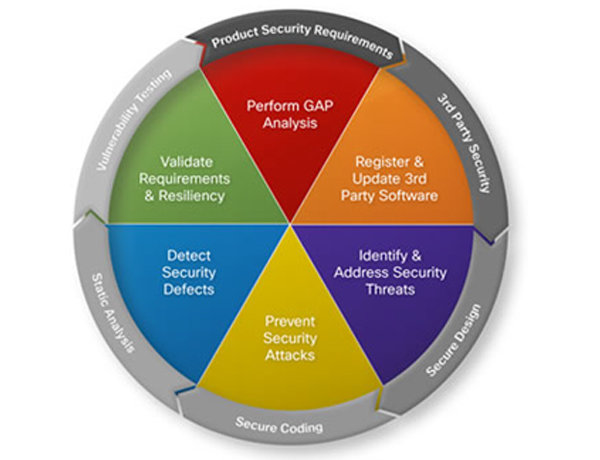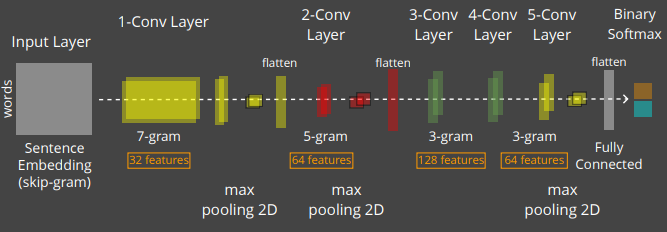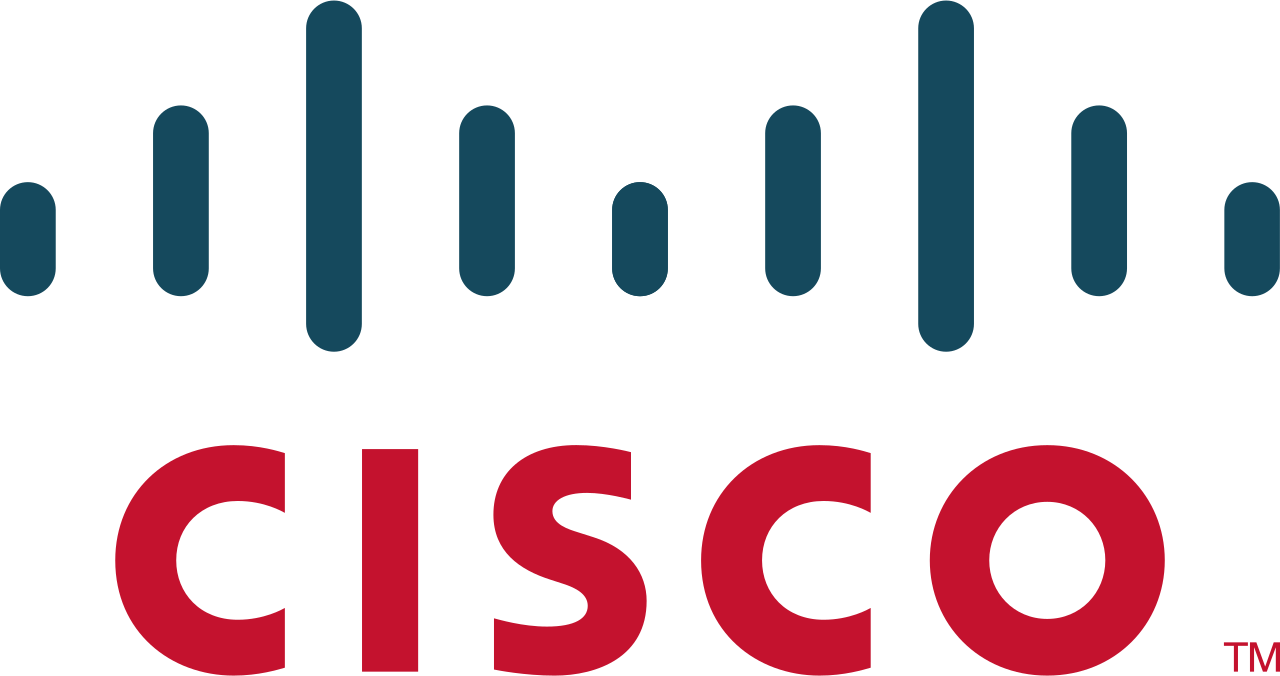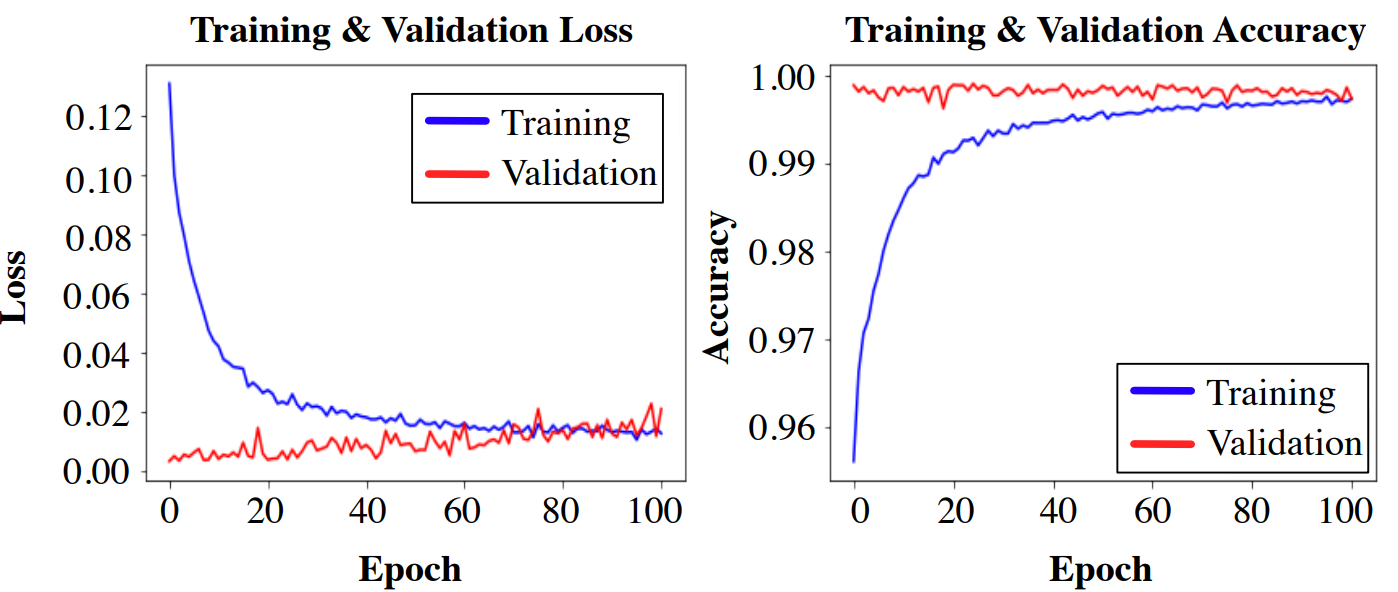Learning to Identify Security-Related Issues Using Convolutional Neural Networks
David N. Palacio, Daniel McCrystal, Kevin Moran, Carlos Bernal-Cárdenas, Denys Poshyvanyk, Chris Shenefiel

Secure Development Lifecycle




Issue Tracker
Security Related
non-Security Related

We need to design automated approaches to identify whether issues describe Security-Related content





SecureReqNet
Components of Learning

- Inputs: Issues or Requirements (Natural Language)



Components of Learning
- Inputs: Issues or Requirements (Natural Language)
- Outputs: Security or Non-Security Related Issues

Components of Learning
- Inputs: Issues or Requirements (Natural Language)
- Outputs: Security or Non-Security Related Issues
- Target Function: To identify security-related content



Components of Learning
- Inputs: Issues or Requirements (Natural Language)
- Outputs: Security or Non-Security Related Issues
- Target Function: To identify security critical issues
- Data: Large number of issues





Components of Learning
- Inputs: Issues or Requirements (Natural Language)
- Outputs: Security or Non-Security Related Issues
- Target Function: To identify security critical issues
- Data: Large number of issues
- Learning Model: Shallow/Deep Convolutional Nets
(Shallow) SecureReqNet
(Deep) SecureReqNet
Alex-SecureReqNet
α-SecureReqNet
Components of Learning
Input Layer
Sentence Embedding (skip-gram)
1-Conv Layer
max pooling 2D
words
7-gram
32 features
5-gram
2-Conv Layer
64 features
max pooling 2D
3-gram
128 features
3-Conv Layer
4-Conv Layer
64 features
5-Conv Layer
max pooling 2D
flatten
flatten
flatten
Fully Connected
3-gram
α-SecureReqNet
Binary
Softmax
Unsupervised Pre-Training
Supervised Binary Classifier


Skip-Gram Model
Tailored Convolutional Neural Networks
Input Layer
word
samples:
1, 20/100
Merge (dot)
Embedding Layer
context
samples: 1
Reshaping
samples:
20/100
samples: 1
Sigmoid
Unsupervised Embedding
Unsupervised Pre-Training

{'attack': ['network', 'exploit', 'unauthor'],
'code': ['execut', 'inform', 'special'],
'exploit': ['success', 'network', 'attack']}
Unsupervised Pre-Training
Supervised Binary Classifier


Skip-Gram Model
Distinct Convolutional Neural Networks

Empirical Evaluation
GitLab Issues (SR:578 | non-SR:578)
Supervised Binary Classifier

GitHub Issues (SR:4,515 | non-SR:47,483)

GitLab Issues (SR:578 | non-SR:578)
Supervised Binary Classifier

GitHub Issues (SR:4,515 | non-SR:47,483)
(SR:52,908)


GitLab Issues (SR:578 | non-SR:578)
Industry Data-set (SR:24 and non-SR:45)
Supervised Binary Classifier

GitHub Issues (SR:4,515 | non-SR:47,483)
(SR:52,908)



Unsupervised Pre-Training

Wikipedia Corpus of 10,000 articles
Common Vulnerabilities and Exposures (CVE) database of 52,908 instances



Results
Cross-Entropy and Acc. Analysis for the shallow SecureReqNet:
80% Training / 10% Validation

Optimal Capacity at 101 epochs

Deep

Performance Metrics for Alex-SecureReqNet:
Industry Dataset / 10% Testing

Deep

Performance Metrics for α-SecureReqNet:
Industry Dataset / 10% Testing


Deep

Performance Metrics for Shallow-SecureReqNet:
Industry Dataset / 10% Testing
Shallow


Summary

Issue Tracker


Issue Tracker




Issue Tracker








Issue Tracker








(Shallow) SecureReqNet
α-SecureReqNet
Thank You!

SecureReqNet GitHub

Learning to Identify Security-Related Issues Using Convolutional Neural Networks
By David Nader Palacio
Learning to Identify Security-Related Issues Using Convolutional Neural Networks
- 329



